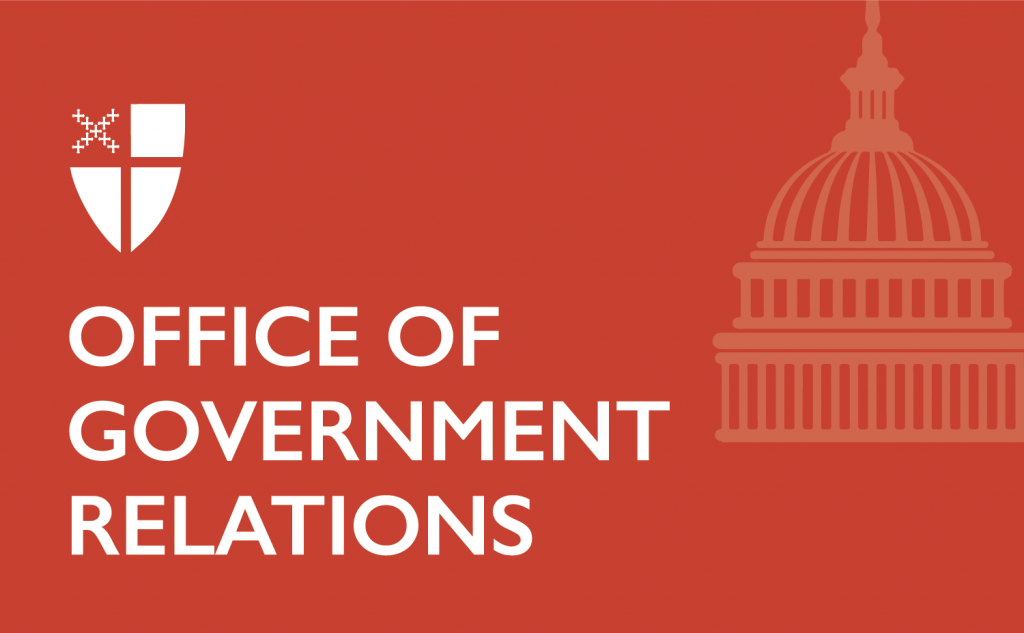EPPN Census Series: Education (+COVID-19 Message)
On COVID-19
The U.S. Census Bureau continues to carefully monitor the situation surrounding COVID-19. The most important message at this point in time is: “It has never been easier to respond on your own, whether online, over the phone or by mail—all without having to meet a census taker.”
They are coordinating with public health officials on measures moving forward and hope to maintain the important deadlines in the census data collection process. There are a number of adjustments underway, particularly around counting those in group housing and college students. Please read the Census Bureau’s most recent statement to learn more.
Education
Census data play a pivotal role in schools across the country as it impacts the level of funding in the short-term and guides medium-term planning and budgeting. Data on current and future needs enhance public school programs like special education, after-school programs, and food assistance. The census also has an effect in higher education, as regional and state officials can plan for program expansion or contraction in 2028 based on how many 10-year-old children there are in 2020. However, census history shows us that children under the age of 5 are at risk of not being counted, with up to one million children under 5 not counted in 2010. This undercounting negatively impacts U.S. public schools’ ability to provide a quality education and can result in fewer resources available from elementary school to higher education for this age cohort. In this installment of the census series, we will explore both of these dynamics, and we encourage you in your census engagement to remind people that children, even infants, must be counted too.
On Public Schools
American public schools receive funding from the federal government. Over $14 billion are given in Title I grants annually, helping public schools serve over 24 million students from low-income families and ensuring that these students are able to reach their state’s educational standards. States also receive $11.3 billion in special education grants annually, while another $13.6 billion is allocated through the National School Lunch Program, where eligible students are able to receive low-cost or free nutritionally balanced lunches. The Head Start preschool program and other federal grants improve teacher quality throughout the U.S.
Without accurate census data in 2020, it will be difficult to plan and budget for these programs for the next decade at every level. Data inform the planning to meet the needs of students across their academic career from the amount of funding for school lunches in an elementary school in 2021 to the planning for how many school buses those same students will need in 2027 when they are in high school.
On Higher Education
The impact of the census can also be seen in higher education, as federal funding is used to provide grants and loans to students. Data collected in the 2010 census shows Pell Grants and the Federal Direct Loan program were among programs that received the most federal funding and helped nearly 11.5 million students pay for higher education in the 2016-2017 academic year. The Federal Pell Grant Program, which supports students from low-income backgrounds through grants, allocated nearly $26 billion in 2019 to reduce the students’ total cost. These federal programs aid millions of undergraduate and graduate students in paying for college and are extremely important for investing in America’s future.
Undercounting children is often unintentional but tends to occur when they are living with a large, extended family or with multiple families under one roof. Public schools in communities where undercounting has occurred will plan for fewer students and receive less funding, resulting in fewer resources per student. Over the course of a decade, this can lead to substantial inequalities between school districts with accurate counts and undercounting, harming the long-term education and opportunities available to those in an undercounted school district.
As students continue through the education system, they deserve to benefit from early childhood programs and vocational or college programs supported by federal aid. The Episcopal Church has long been committed to supporting high-quality, public-school education. In 2000 General Convention passed a resolution, calling for dioceses and congregations of The Episcopal Church to work with government and civic institutions to strengthen and encourage public school initiatives. This stance was enhanced in 2006, calling upon Episcopalians at all levels to ensure governments provide adequate funding for programs combating social and economic conditions that place children at risk or diminish their ability to achieve their full potential. Helping to get an accurate 2020 census count is a significant part of following through on these resolutions. Ensuring that young children are counted enables their schools to receive critical funding, plan for the decade ahead, and reduce at least a few obstacles to equal opportunity and the American Dream.
Additional Resources
Census Series Week 1: Why We Count
Census Series Week 2: Healthcare
Census Series Week 4: Social Safety Net Programs
Census Series Week 5: Businesses & Infrastructure
Be sure to come back to our Civic Engagement webpage for more updates throughout 2020, and don’t miss our Census Engagement Toolkit!
Work on this 2020 Census Series was led by Blair Hood, policy intern, Office of Government Relations
Contact:
The Office of Government Relations
eppn@episcopalchurch.org

